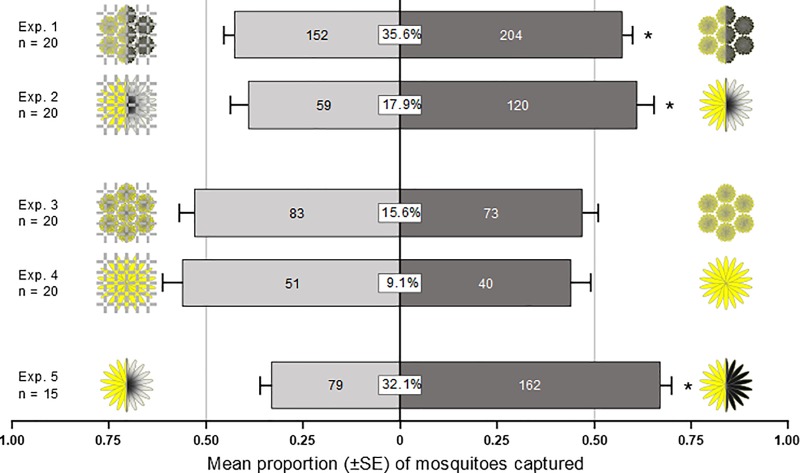Fig 5. Effect of visual and olfactory inflorescence cues on trap captures of 1- to 3-day-old female Culex pipiens.
Inflorescences of Hieracium lachenalii (Exp. 1) and Tanacetum vulgare (Exp. 2), respectively, are shown in schematic drawings, with left and right sections presenting the human-visible and UV-light image, respectively; hatched lines indicate the inflorescence was covered by cheese cloth. Visual inflorescence cues did enhance the effect of inflorescence odour under UV light (Exps. 1, 2) but did not under UV-deficient illumination (Exps. 3, 4). Uniformly UV-dark H. lachenalii inflorescences (as a result of sunscreen treatment) were more attractive than inflorescences with the natural UV absorption and UV reflectance pattern (Exp. 5). Numbers in bars indicate total number of mosquitoes responding. The boxed number in the centre of bars shows the response ratio (total number of mosquitoes captured divided by the total number of mosquitoes released expressed as percentage). For each experiment, an asterisk indicates a significant preference for a test stimulus (binary logistic regression model; p < 0.05).

